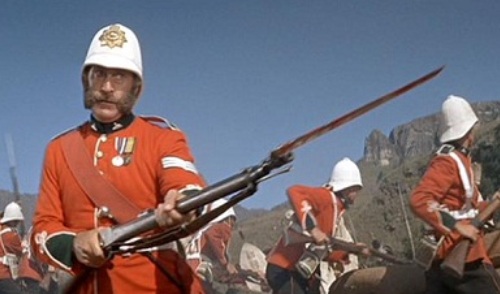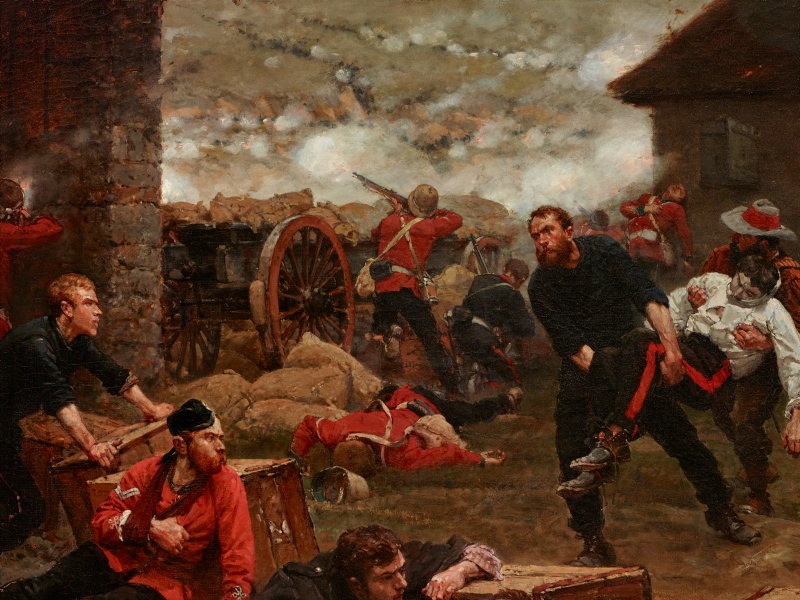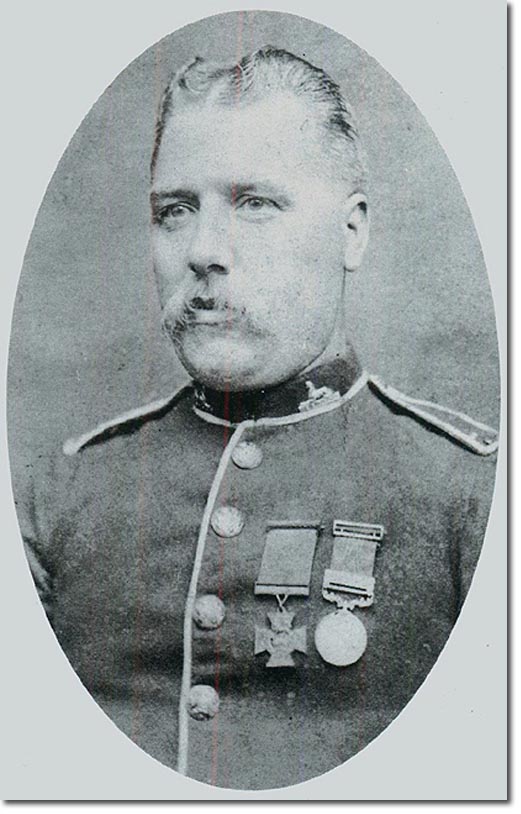When I did a dry run of the Rorke's Drift scenario, I realised I didn't have enough fence hexes to make the walls, and had to proxy with other hex designs. Then I recalled I had some resin walls that I hadn't painted... From there, it was a slippery slope to having a 3D Rorke's Drift for my Battle Cry board.
| Dry run showing woods as walls |
The walls and crates
The walls are from Battlefield Accessories, sprayed Army Painter Skeleton Bone, washed Woodland Scenics Raw Umber, and drybrushed Jo Sonja's Cashmere. Each segment is 9x1cm.
The crates are resin from the late Battle Works Studios.
The buildings
Using a plasticard base, I sketched in a rough floorplan for the hospital and storehouse. I tried to capture the key essence of each building, while making the necessary compromises between scale, accuracy, and game-ability. The walls are from a brick-embossed styrofoam sheet I picked up at a model railway store. Expensive, but versatile, lightweight and easy to work with. I didn't measure anything, I just eyeballed and cut the walls until they fitted. The roofs are separate, with PVA-soaked tissue paper as the roofing material covering plasticard. I spackled up the walls with Jo Sonja's Texture Paste. I happened to have a plastic staircase in my scenery bits box, which was perfect for the storehouse. Matchsticks made the verandah post for the hospital. The buildings were painted Jo Sonja's Cashmere, and washed with Woodland Scenics Raw Umber and Concrete.
 |
| Floorplan sketches |
The redoubt
A bit more rectangular than the original, this was a compromise to fill the two hexes. I built up the base with some GW 40mm square bases and a bit of Das modelling clay, then built the mealie bag wall from green stuff. These were layered sausages, flattened, and a knife blade used to push down between the bags. I'm sure there's a better way to do it, and I wouldn't make a tabletop's worth of scenery like this, but for a one-off, it's fine. A wash brought out the shadows nicely. It turned out better looking than I anticipated, suitably hasty.
A note on scale
I'm happy with these pieces, I'm sure they'll turn up in my 15mm games now...
| Peter Pig 15mm modern Africa |
| Eureka 15mm modern Russians |
The walls are marketed as 15-20mm, and are a bit small for 28mm, but they will suit The Shire!
| GW Hobbits and Gripping Beast Vikings |
Finally
This marks the end of my Zulu project- thanks for reading and commenting, it has long been this wargamer's dream to get Rorke's Drift on the tabletop!


















